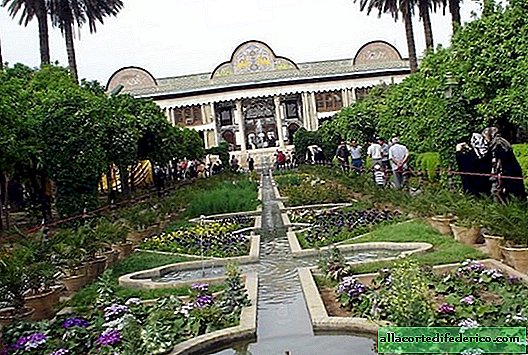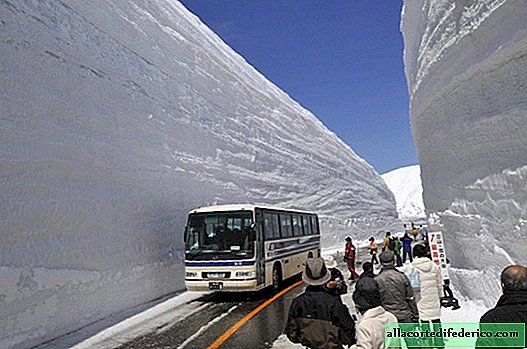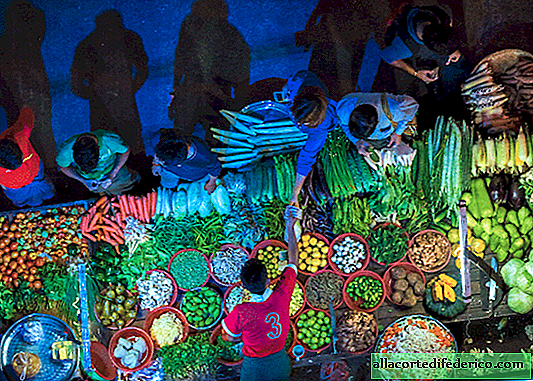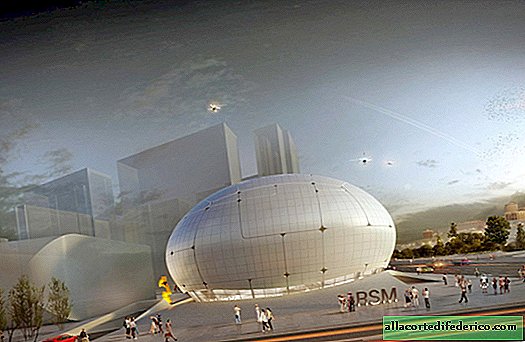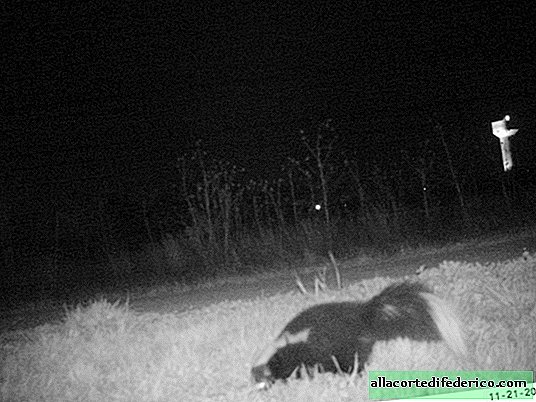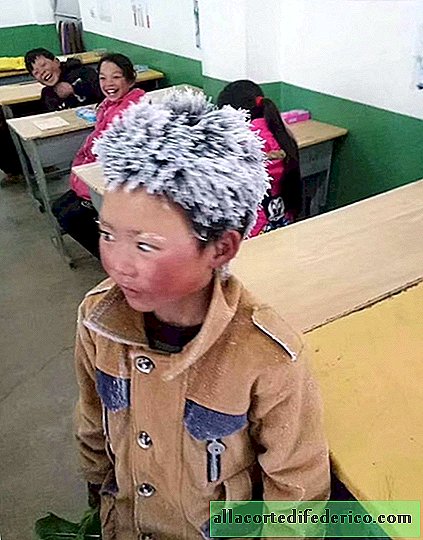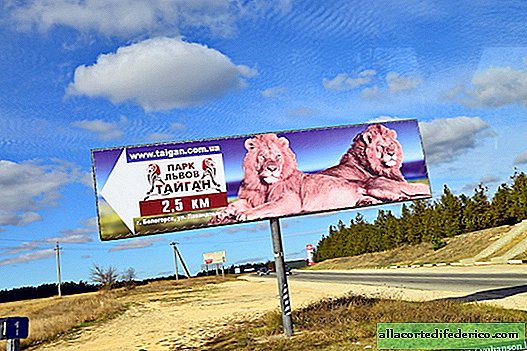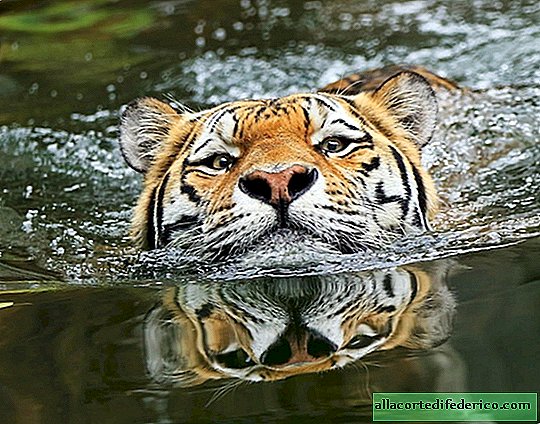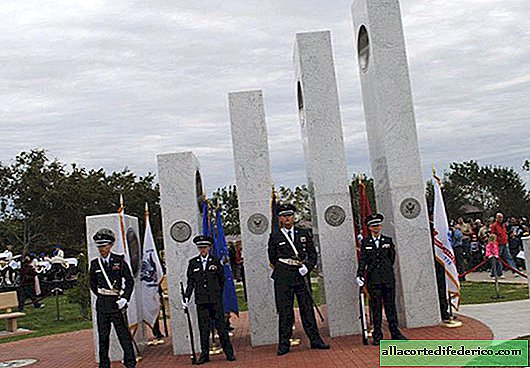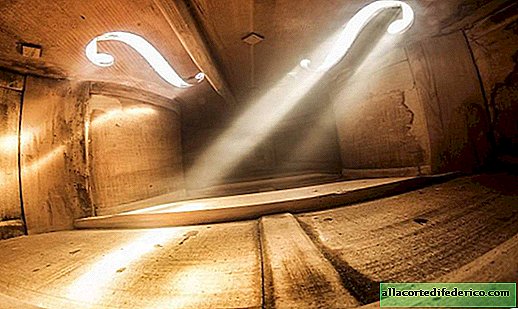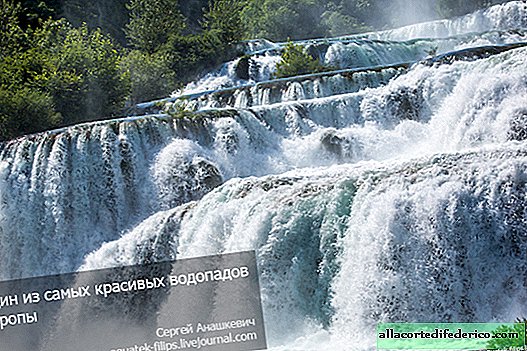About life and death on volcanoes
In the 70s, the Big Tolbachinsky eruption brought down streams of hot air with ashes to the surrounding forest, which became dead. But now volcanoes are gradually settling in by nature, even where, it would seem, there is nothing to eat and nothing to grow on.
The first local inhabitant with whom I was able to get to know each other closely was the eurage. This is the local name for the American or Bering gopher. He was spotted three dozen meters from the camp, and I went into an ambush.
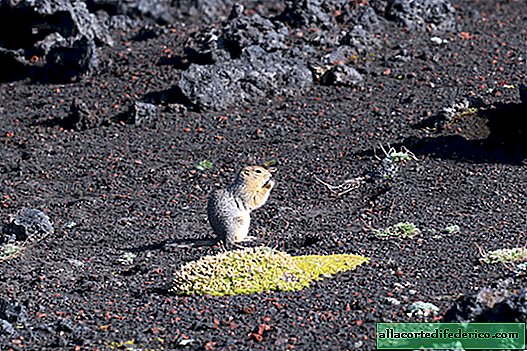
The gopher was not very frightened, but also did not let it close. He pretended to be running about his business, but he kept his eyes on the bipedal pursuer.

On the way I ate local flowers.
Finally managed to drive him "into the corner" and get as close as possible.
As it turned out later, we got a shy native. In a nearby camp, euragas ran between the tents and took a delicious treat from their hands.
The next morning, not far from the kitchen, I managed to watch another warm-blooded inhabitant of the moon hills. They say that this is a pika.

Otherwise, the animal world was represented by various species of mosquitoes, flies and those who feed on them.

From the vegetation - small grasses, actively blooming even in August, mosses and even mushrooms met.

They did not see the bears, although traces were once found. Still, on bare volcanoes there is not much food for them, except for the one that is hiding in iron boxes, spraying a can in the nose or writing graphomancy posts.
In the daytime, Big Udina opened briefly.

And the next morning, Sharp Tolbachik.

Moon

And Tolbachik

Next, it was time to travel towards Petropavlovsk, but first we were waiting for the Helicopter, Dead Forest and the Lunokhod training ground.

In 1974, when Tolbachik started the eruption, a group of geologists flew to the volcano to observe the process. They did not expect a large-scale eruption, so they sat too close. When the eruption gained strength, they realized that it was time to evacuate, but did not have time. Ashes scored the engine of the Mi-2 helicopter, on which volcanologists arrived, and the device fell. Fortunately, they did not have time to fly high and no one was hurt.
The helicopter was buried under volcanic rock, and a giant tuff cone grew nearby. The tail of the car has become a local attraction, as a reminder that jokes are bad with the volcano.

On the plain around the volcano, secondary cones are often found that arose from small breakthroughs of volcanic gases and lava. By the amount of vegetation on each, it is easy to determine which is older and which is younger.

But in the 70s, a fissure eruption occurred, when streams of gas, ash and tuff began to erupt from a fracture of the earth's crust about 30 km long. So, in a matter of months, a ridge of picturesque cones has grown, which is now actively explored by tourists and removed from space.
In this photo, the Tolbachik is in the lower right, the series of cones of the fissure eruption goes into the lower right corner:

Despite the abundance of vegetation, local landscapes have not lost a striking resemblance to the moon. Similar formation processes are affecting.


After the Helicopter, the next stop is Dead Forest.

Now he is not so dead, but the skeletons of the trees killed by the Great Tolbachinsky eruption remain in their places. Local guides try to ensure that tourists do not even parse dry branches into bonfires in order to keep the atmosphere and appearance of the Dead Forest unchanged.
Finally we got to the landfill of Soviet lunar rovers and rovers.

Tests continued here after the Lunokhod-1 and -2 expedition, the Soviet Union was preparing to send planet rovers to Mars and Venus, so it was necessary to create machines that were fantastic in off-road properties.
And they created them.
The chassis was developed by the Leningrad tank enterprise VNIITransmash. Even after the completion of the test program, the base on the slopes of Tolbachik retained the name "Leningradka".

Unfortunately, it was destroyed by the 2012 eruption. Lava flows that spread tens of kilometers left nothing from light wooden structures.

All that remains for us is the Moon, which is still ready to accept new test machines in order to prepare them for space exploration.

The Tolbachinsky exit ended with a lava flow photo panorama, which was deeply embedded in the local forest.

The meeting of the living and the dead ended in a draw.
And our journey continues.


